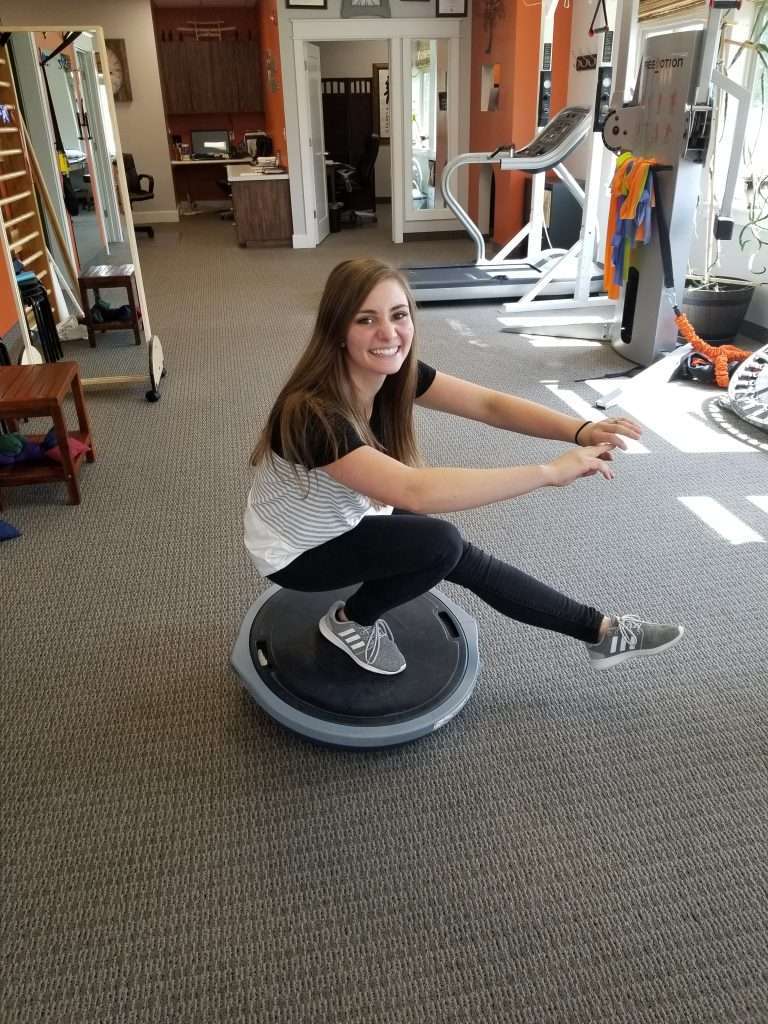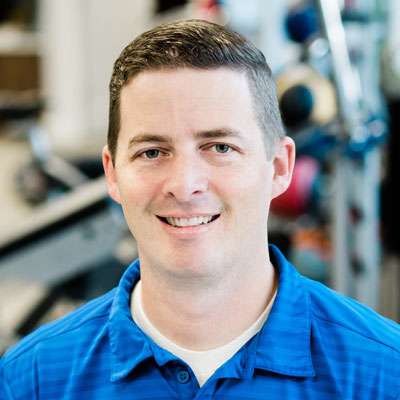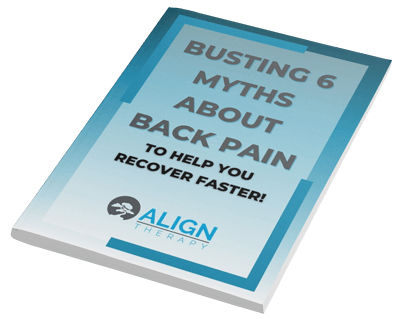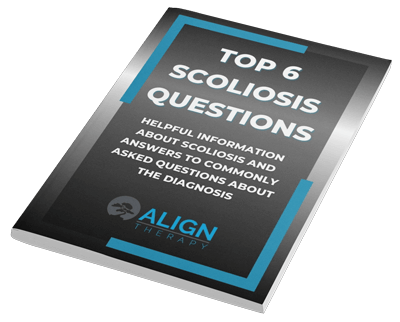I recently got the opportunity to attend a Schroth certification course to improve my skills and learn current research for best scoliosis treatment. The course was provided by SSOL and was taught by instructors that are passionate about scoliosis and spinal deformities and are driven to improve our current research.
The long week course was filled with a ton of great and beneficial information. After I left the week course it definitely got me excited about wanting to share my knowledge that I gained and help anyone on their journey of learning about their specific curve type.
In this blog post I wanted to share 4 important takeaways about scoliosis!

Sagittal Plane Importance
In the course I attentended, they frequently stressed the importance of the sagittal plane. The sagittal plane is what a person looks like from their side profile. Everyone has a natural curve in their cervical, thoracic, lumbar. These natural curves of our spine are the reason humans can stand upright on two legs. Our head should be stacked in a way where if you were to draw a line from our ear it would also touch our shoulder, head of femur, and our lateral ankle bone.
If we are lacking harmony between all three of these curves, there could be a possibility pain someone might face in the future.The reason why someone might experience pain, is because they will experience increased uneven loading and shear forces on parts of the spine that could create issues in the vertebrae, discs, or muscles. This uneven loading can contribute to degenerative changes one might experience as an adult.
This concept is exceedingly important when someone is getting fitted for a brace. It is always very disappointing to see when someone gets a brand new scoliosis brace made and the orthotist failed to maintain good sagittal alignment. You never want to see a brace that has decreased someone’s normal lumbar or thoracic curvature.
Scoliosis Degree Doesn’t Determine Pain
Another concept that I thought was interesting is that the degree of the curve is not an accurate indicator of pain for adolescent idiopathic scoliosis. There is no research that has been able to make a correlation between how big someone’s lateral scoliosis curve is and pain. Sometimes we have patients that have a very mild curve, but their curve seems to cause them quite a lot of pain. We have also seen patients with very large curves who don’t complain of pain at all.
The example they used in my recent certification course for Schroth was a case study of a 91 year old woman with a curve that was over 90 degrees. This woman was diagnosed with scoliosis as a child and did not have much progression from the age of 30 years old to 91 years old. This woman did not exhibit any symptoms of pain even though she has a significant curve.
We often do see a correlation of pain with a scoliosis curve that has been caused by degenerative changes, but pain with idiopathic scoliosis can vary from case to case.
Progression of Scoliosis
How we try to determine the risk of progressions for a child’s scoliosis curve is how much growth that child might have. There are 2 places we look at on an Xray to determine how much growth one might have left. The most common place for doctors to determine growth is at the pelvis where they assess how much cartilage growth is present. The second place that is observed to assess growth is the growth plates of the hand.
Usually, the younger the patient and the more skeletally immature the patient, the higher risk of curve progression. That is why it is important to start the appropriate intervention when the child has potential to grow. Depending on how high the degree of the curve is, we as therapists might recommend scoliosis specific exercises, education on posture, instruction on how to modify activities, refer out to an orthotist for a brace, or potentially refer out to a surgeon.
Knowing how much growing room is left for our patients is an important part of determining the risk of progression for our patients and creating an appropriate plan of care for them.
Goals of Schroth
On our first appointment with our patients, we set goals of what our patients and we as therapists want to achieve from our physical therapy interventions.
Our number one goal we often set for our patients with scoliosis is to try to halt curve progression. We use scoliosis specific exercises that have research backing their effectiveness as long as our patients are also willing to put in the effort of doing them regularly and correctly.
Another goal we often have for our patients is educating them about their curve and instructing them on ways they can integrate correction of their curve throughout their day to day routine.
This is very different from the traditional approach that physical therapy used to treat scoliosis. Originally, physical therapists would give strengthening exercises and stretches for a patient to work on, but not address the imbalances of the patient while they are sitting, standing, or participating in activities. This is partially the reason why the traditional approach did not have great outcomes.
Goals our patients often bring up are wanting to decrease their back pain they are experiencing and wanting to change the appearance of their curve. These are also important goals that we work on achieving so our patients can live a happier life.
This recent course I attended has confirmed my love for treating scoliosis and spinal deformities, as well as made me even more confident of the effectiveness the scoliosis specific exercises can have. I am definitely a big advocate for patients taking control of their health and love to be a part of that journey.

If you have any questions don’t hesitate to call us on (801) 980-0860 or click HERE to arrange your Free Scoliosis Assessment.
Charlene Nordhoff, Physical Therapist Assistant.



